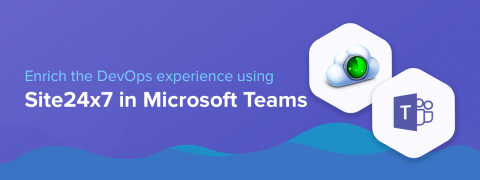Selling Stakeholders on Automated Threat Response
Most organizations use their SIEM solution to automate repetitive security tasks, saving analysts time. But the reality is your system could be doing—and saving—so much more by blocking the obvious threat actors attempting to connect with your network, systems, and assets.











